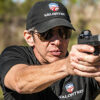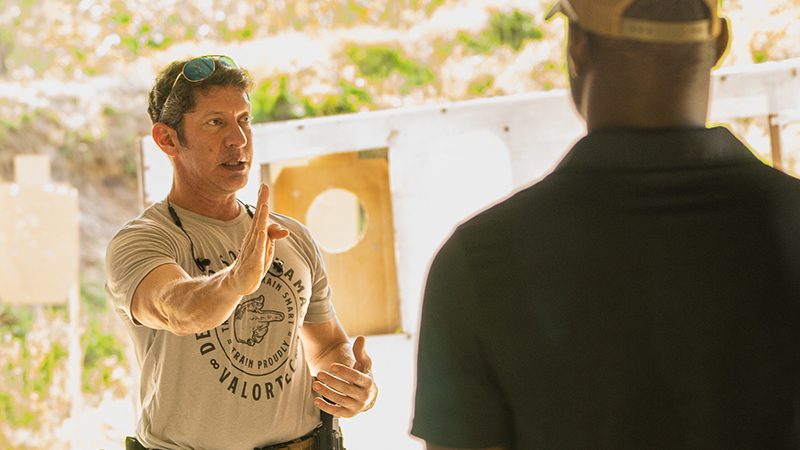Understanding the 21-Foot Rule in Law Enforcement: Context, Limitations, and Enhanced Training Approaches
The “21-foot rule” is a concept in law enforcement training that has been both influential and controversial since its inception. Developed by Salt Lake City trainer Dennis Tueller in the 1980s, this rule suggests that an officer with a holstered weapon is unlikely to successfully react if an assailant with a knife charges from a distance of 21 feet or less. This guideline underscores the dangers officers might face in close-quarter situations and emphasizes the importance of awareness and preparedness. However, the rule is often misunderstood and may not universally apply to all dynamic encounter scenarios officers face today.
Historical Context and Practical Application
The 21-foot rule was born out of timed drills that Tueller conducted with officers, which demonstrated that an average assailant could cover a distance of 21 feet within approximately 1.5 seconds—the same amount of time it might take an officer to recognize a threat, draw a weapon, and fire. This finding was initially intended to illustrate the limited reaction time officers might have against a charging assailant and to advocate for greater situational awareness.
While the rule has been a useful tool in training, it is not a definitive safety measure. It does not account for the myriad variables present in real-life altercations, such as the officer’s level of alertness, the environment, or the assailant’s speed and agility.
Real-World Examples and Challenges
- Closed-Quarter Attacks: Many law enforcement encounters occur in confined spaces or unexpectedly close ranges, where the distance may be far less than 21 feet, challenging the officer’s ability to respond as per the rule.
- Multiple Assailants: The rule does not take into account scenarios where officers may face threats from multiple directions, complicating the decision-making process.
- Varied Assailant Capabilities: Different assailants may move at different speeds. Factors like age, physical condition, and level of determination can significantly influence how quickly a situation escalates.
These examples highlight the complexity of applying the 21-foot rule uniformly and demonstrate why officers must be prepared for a variety of potential situations beyond what this guideline can predict.
Strategic Responses and Training Recommendations
To address the limitations of the 21-foot rule and enhance officer safety, law enforcement training should evolve to include more comprehensive strategies:
- Dynamic Training Scenarios: Training should simulate a variety of attack scenarios, including those that start at distances of less than 21 feet, to better prepare officers for the unpredictability of real-world engagements.
- Integration of Non-lethal Options: Incorporating tools like tasers or pepper spray into regular training can provide officers with non-lethal responses that are crucial within the typical 21-foot range.
- Focus on Situational Awareness: Officers should be trained to continually assess their surroundings for potential threats, which can help them manage distances more effectively and respond more appropriately.
- Stress-Induced Decision Making: Programs like the Force Science Certification train officers on how psychological stress affects their decision-making and physical abilities, offering insights into managing high-pressure situations more effectively.
Conclusion: A Call to Action for Continued Education
The 21-foot rule serves as a critical reminder of the dangers law enforcement officers face and the rapid pace at which threat scenarios can unfold. However, as we have seen, real-life encounters often deviate from controlled training conditions, presenting officers with challenges that require quick thinking and adaptability.
To ensure that our law enforcement personnel are not only aware of these dynamics but are also proficient in handling them, continuous and comprehensive training is essential. Valortec offers specialized training programs that address these needs by focusing on realistic, scenario-based training that prepares officers for the complexities of modern policing. We encourage law enforcement agencies to enhance their training regimens by exploring Valortec’s courses, designed to equip officers with the skills needed to navigate critical incidents effectively and safely.
By embracing advanced training solutions, law enforcement can better prepare their officers for the realities of the field, ensuring that they are ready to respond with confidence and competence in any situation.




